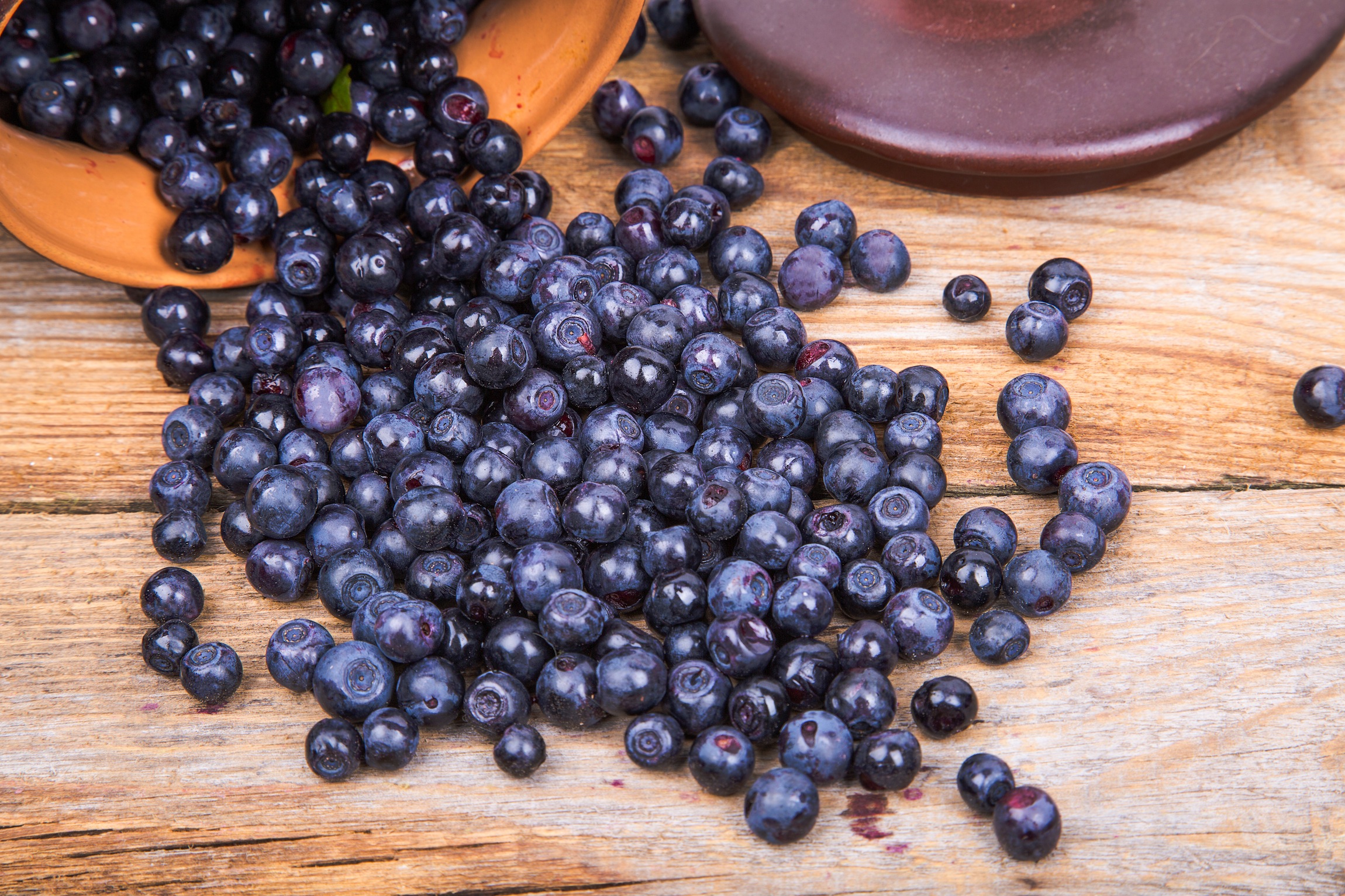South American blueberry exporters aim to boost blueberry demand in global markets
The blueberry industry has new plans after last Thursday when the U.S. International Trade Commission (USITC) determined in a historic ruling that imported blueberries do not cause serious damage to the domestic industry.
Exporters from South America saw the news as a huge positive for the industry. They spoke to FreshFruitPortal.com about how they will boost blueberry demand in markets such as the U.S., China and Europe and how teamwork brought about results.
“We have seen the news as very positive, given that in the case of Peru, 50 percent of exports are to the U.S. market,” Daniel Bustamente, President of ProArandanos of Peru and Corporate Commercial Manager of Agricola Cerro Prieto said.
“What this investigation has left us with is that the entire industry has been able to work together efficiently. And these lessons will serve us to put more effort into creating demand, not only in the U.S. but worldwide.”
Felipe Silva, President of the Chilean Blueberry Committee – ASOEX said: “The Blueberry Committee, ASOEX and SUBREI worked together for more than six months on the defense and we were able to present our arguments to the USITC.”
“The arguments were solid at the numbers level and the decision showed that there is no damage. We are complementary to domestic production.”
Product diversification and opportunities
Bustamente said that “we are in a stage of diversification with the Far East and expanding our distribution networks to Europe and the U.S.”.
“There are important factors, namely social and environmental responsibilities, that will add quality to the export of products such as blueberries.”
“Exporters are making great strides in taking care of environmental issues. Due to the high labor required for these crops, the social responsibility endeavors are very important,” he said.
Silva agreed and said: “The USITC’s decision created a giant opportunity to establish greater ties with domestic producers in the U.S. Now, we must begin even more coordinated work to develop the demand for such an incredible product.”
Among the challenges for the Chilean industry, Silva said they are “varietal replacements, improvements in cold chain logistics, transportation and investments in promoting destination markets, and also the improvement of the distribution chain to better the quality of arrival of the Chilean product”.
Regarding the rise in worldwide blueberry demand, Bustamante said that the “emphasis is to promote the consumption of blueberries, throughout the year in all markets, benefitting local and foreign producers”.
Exports
According to figures from ProArandanos, Peru exported approximately 160 thousand tons of blueberries worldwide, with half of this volume being shipped to the U.S.
The Chilean Fruit Exporters Association pointed out that between September 3, 2020, and February 2, 2021, Chilean fruit exports reached 843,671 tons, of which blueberries represented 11.6 percent.
Silva said that “Chile’s main export destination is the U.S., which represents 50 percent, followed by Europe at 38 percent, then Asia with 12 percent, China and Korea being the main destinations in the latter continent”.
16/02/2021







